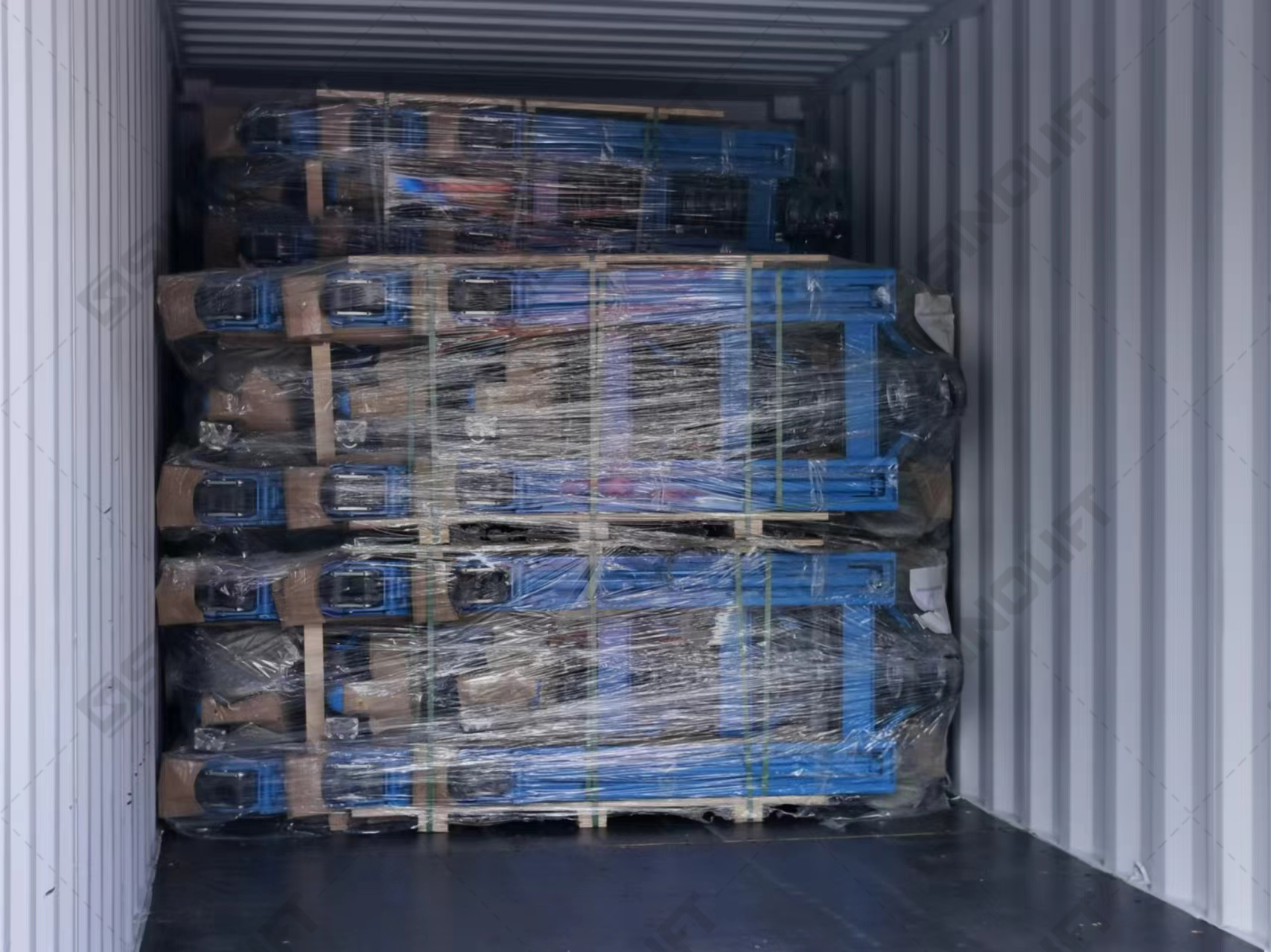Galvanizing, or galvanization, is a manufacturing process where a coating of zinc is applied to steel or iron to offer protection and prevent rusting. There are several galvanizing processes available, but the most commonly offered and used method is called hot-dip galvanizing.
Galvanized steel is among the most popular steel types because of its extended durability, having the strength and formability of steel plus the corrosion protection of the zinc-iron coating. The zinc protects the base metal by acting as a barrier to corrosive elements, and the sacrificial nature of the coating results in a long-lasting and high-quality steel product.
This versatility makes it applicable to a variety of projects and industries, including agriculture, solar, automotive, construction, and so on. Below, we aim to provide a comprehensive description of how galvanized steel is processed, different galvanization methods, its benefits, and how it is used in these various industries.
The steps in the galvanizing process are as follows:
The steel is cleaned in a degreasing solution
After being cleaned, the steel is pickled by being lowered into a vat of diluted hot sulfuric acid
The steel is then fluxed in an aqueous solution (typically zinc-ammonium chloride)
After the flux, the steel is galvanized through immersion in a vat of molten zinc
Afterward, the steel is inspected for consistency and a complete coating

|  Business Line: 4007-166-180
Business Line: 4007-166-180 Tel£º+86 21 58003681
Tel£º+86 21 58003681 Fax£º+86 21 68014262
Fax£º+86 21 68014262 Website£ºhttp://www.sinoliftdrum.com
Website£ºhttp://www.sinoliftdrum.com Email£ºdrum@sinolift.com
Email£ºdrum@sinolift.com  Skype£ºsinolift
Skype£ºsinolift Business Line: 4007-166-180
Business Line: 4007-166-180 Tel£º+86 21 58003681
Tel£º+86 21 58003681 Fax£º+86 21 68014262
Fax£º+86 21 68014262 Website£ºhttp://www.sinoliftdrum.com
Website£ºhttp://www.sinoliftdrum.com Email£ºdrum@sinolift.com
Email£ºdrum@sinolift.com  Skype£ºsinolift
Skype£ºsinolift